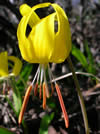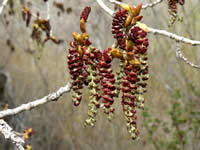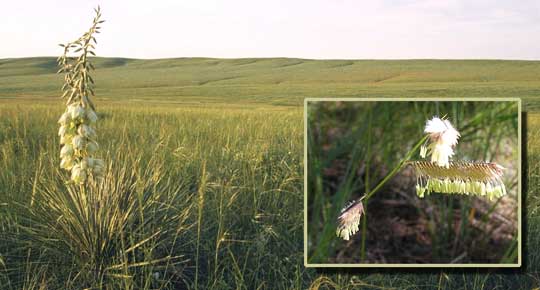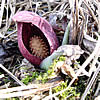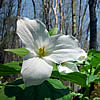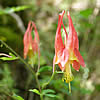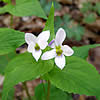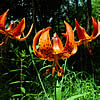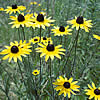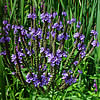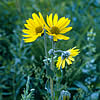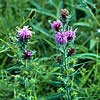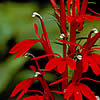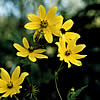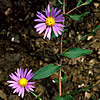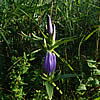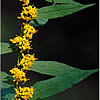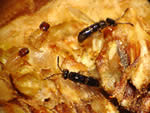USDA Forest Service Celebrating Wildflowers
|
|
|
Plant Pollination StrategiesPollination occurs when birds, bees, bats, butterflies, moths, beetles, other animals, water, or the wind carries pollen from flower to flower or it is moved within flowers. The successful transfer of pollen in and between flowers of the same plant species leads to fertilization, successful seed development, and fruit production. Other factors such as drought, extreme temperature shifts, or diseases may prevent full fruit and seed production. For more information, also see The Birds and the Bees. Morphological AdaptationFlowering plants have co-evolved with their pollinator partners over millions of years producing a fascinating and interesting diversity of floral strategies and pollinator adaptations. The great variety in color, form, and scent we see in flowers is a direct result of the intimate association of flowers with pollinators. The various flower traits associated with different pollinators are known as pollination syndromes. Flowering plants have evolved two pollination methods: 1) pollination without the involvement of organisms (abiotic), and 2) pollination mediated by animals (biotic). About 80% of all plant pollination is by animals. The remaining 20% of abiotically pollinated species is 98% by wind and 2% by water. Wind
Plants that use wind for cross-pollination generally have flowers that appear early in the spring, before or as the plant's leaves are emerging. This prevents the leaves from interfering with the dispersal of the pollen from the anthers and provides for the reception of the pollen on the stigmas of the flowers. In species like oaks, birch, or cottonwood, male flowers are arranged in long pendant catkins or long upright inflorescences in which the flowers are small, green, and grouped together, and produce very large amounts of pollen. Pollen of wind-pollinated plants is lightweight, smooth, and small. Plants that are wind pollinated generally occur as large populations so that the female flowers have a better chance of receiving pollen.
WaterThe small percentages of plants that are pollinated by water are aquatic plants. These plants release their seeds directly into the water. For more information, see Wind and Water Pollination. Animals
Flowering plants and their animal pollinators have co-evolved where the forces of natural selection on each has resulted in morphological adaptations that have increased their dependency on one another. Plants have evolved many intricate methods for attracting pollinators. These methods include visual cues, scent, food, mimicry, and entrapment. Likewise, many pollinators have evolved specialized structures and behaviors to assist in plant pollination such as the fur on the face of the black and white ruffed lemur or a bat. Animal pollinated flowering plants produce pollen that is sticky and barbed to attach to the animal and thus be transferred to the next flower. Fun FactPlants have evolved differing flowering times that occur throughout the growing season to decrease competition for pollinators and to provide pollinators with a constant supply of food. From the first hints of warmth in late winter through spring and summer, until last call in autumn, flowering plants are available to their pollinators providing pollen and nectar in exchange for the pollination service. |
|
| NOTE: PDF format links require the Adobe Acrobat Reader to view. | |
| top | Disclaimers | FOIA | Privacy Policy | Quality of Information | Photo Credits & Use |
Location: http://www.fs.fed.us/wildflowers/pollinators/plantstrategies/index.shtml
Last modified: Monday, 19-May-2008 14:02:14 EDT
